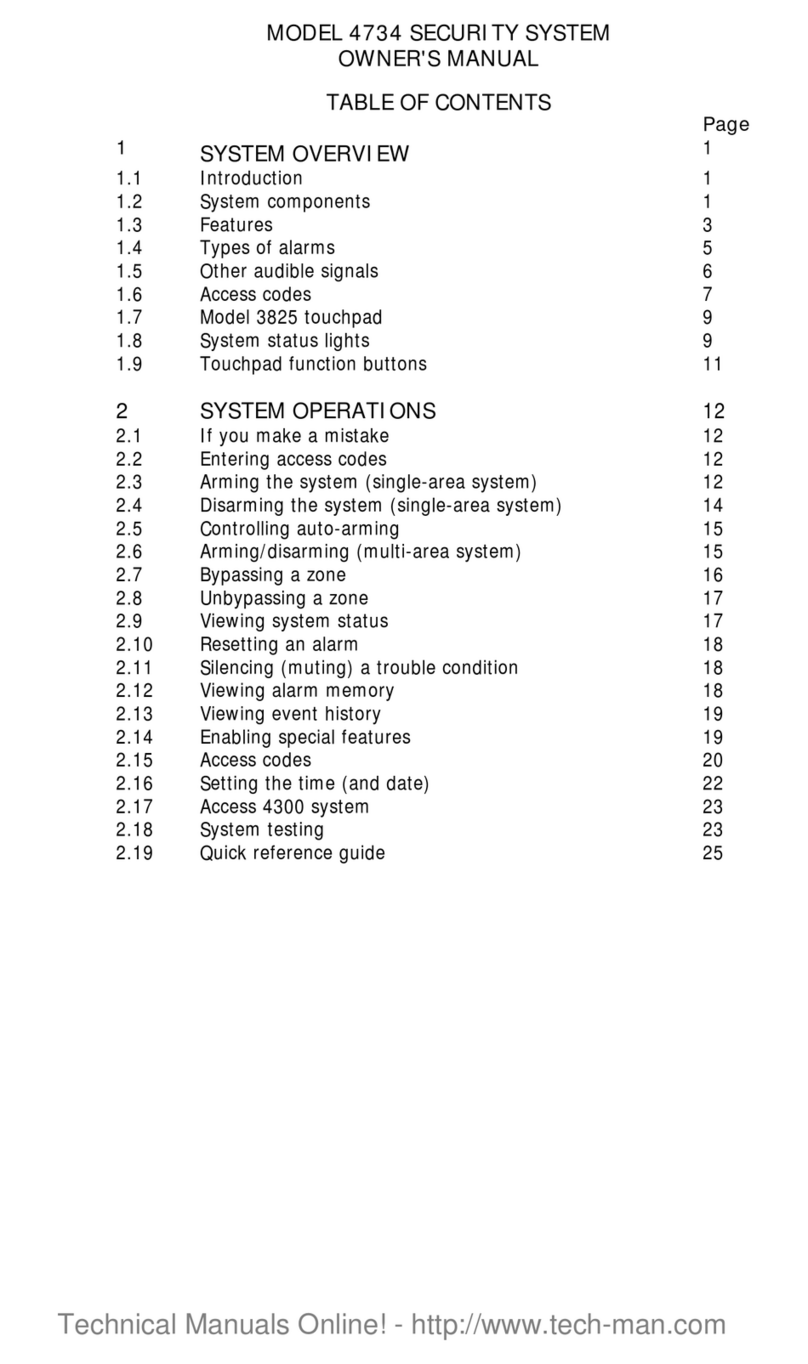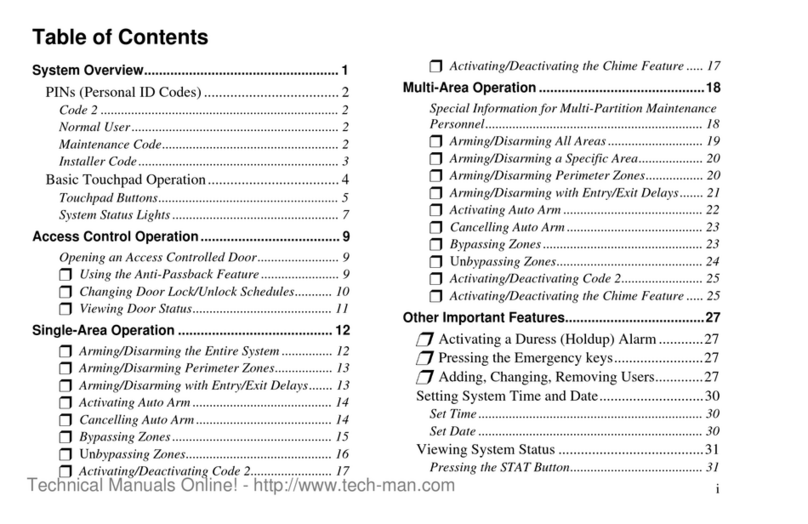SECTION 1 GENERAL INFORI'IATION
1-1 DEScRIPTIoN ^ "'
The MCA 6L1 is a two channel crlstal:controlled Fll Receiver. The channel
frequencies Day be selected frcm any of three public service comuni.cations bands;
Iow VHF band (30-50) ltltz, Iligh \rEF band (146-174) MHz and UEF band (450-512) MHz.
fhe bands are juuper pin selectable and the tro charurels need not be in !fus srqe
band.
. the prinary use of this receiver is as + tone alert device; it can also be used
to nonitor uncoded traffic on your alert'channel at the use!'s discretion. In the
alert rcde the recej.ver is held in the squelched condition until its special coded
signal is received.,
there ire trro di.fferent tno-tone codes that will activate each recei.ver. ?he
codes are nade up of three tones A, B and C. The first tone called A for eonvenience
nust be the lead tone of the tno-tone sequence, the second tone can, be eitber B or
C but not both. This will allow all radios to have a comon code as well as an
individual code. (A,B) can be a cosron code and individual call codes can be (A, c),
(A,D) r (A,E) ' (A'F), etc.
The nunber of possiSle conbinattons of codes can be greatly increased by the
installation of an uA 301 option. Thi.s essentj.aLly doubles the nrnber of tones that
can be received and allows for trrc first tones, or A tones which can be either the
sane or d,ifferent depending on the owner's requireaents.
the MCA 611 utilizes silicon transistors for reliability as well as ten integrrated
circuits. the tone decoder is a digital device unlike older modelg that used reeds.
In add.ition, both a c::ystal first I.!'. filter and a ceramic second I.F. filter are
eryloyed. This provides superi.or perfotmance in areas where there argmany closely-
spaced channels.
In addition, this radio featrrres both carrier controlled reset and timer con-
trolLed reset. Either one or the other nay be used to reset the digital filter and
retur:1 the radj.o to a squelched condition. The timer rcilI run fron 3O sec to 3
mi-nutes and the other systen resets and sguelches the radio when the carrier stops.
In order f,or the carrier reset to work, the radio nust be squelched
An exteraal sPeaker iack a.nd connectors for an AC or DC igniter have also been
included on the back panel. The user has the option of ej.ther a pulsed or r:npulsed
igniter (jursper pin selectable).
L-2 sPEcrFrcATroNs
See page 2
L-3 EOUIPMENT SUPPLIED
a. Receiver Unit
b. DC Power Cord
e. TeJ.escopi.c Antenna
d. Carrying Handle
e. Or*nersr Instruction Manual
f. Warranty Card
g. AC Power Cord
1-4 EaUTPMENT NoT sUPPLIED wrrH
h. Antenna clip
i. !{obile l,tor:nting Bracket
a. Antenna Splitter - MA-5
b. Battery - MA-181
ci DC Igniter - WA-24
d. Remote Speaker - MA-108
tlcA 611 -1-
UNIT (RccEssoRIES)
SECTION 1





























